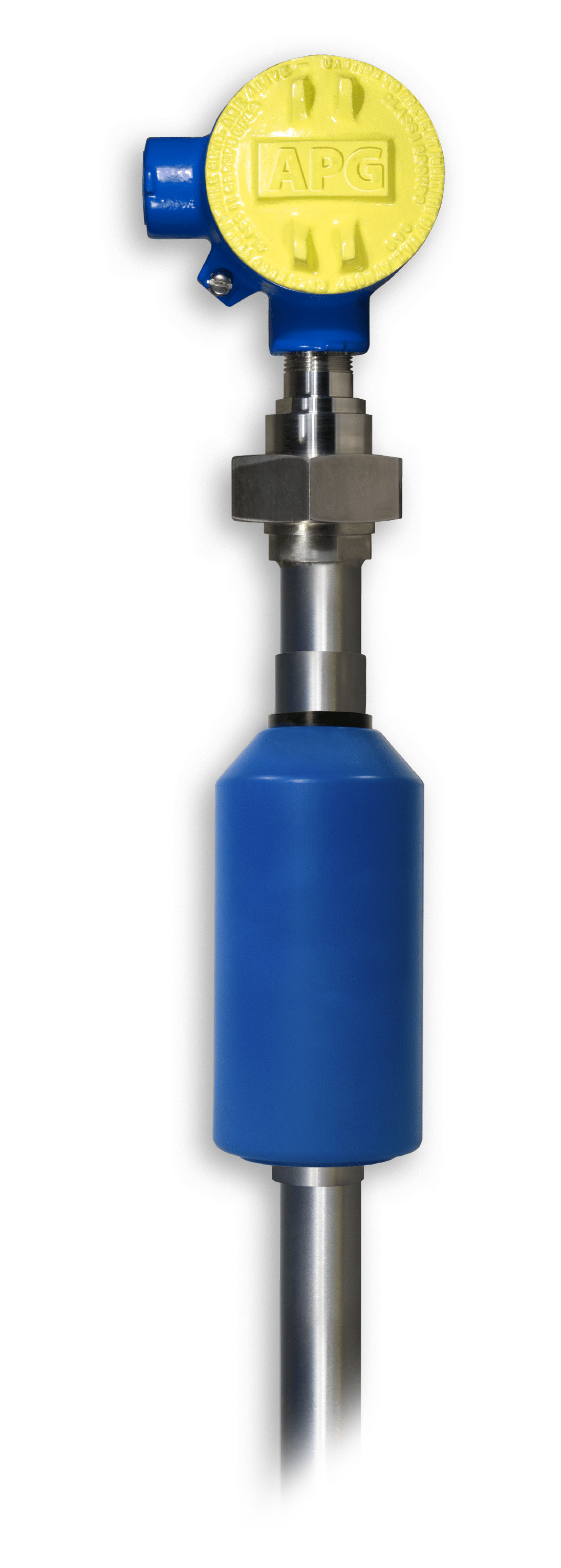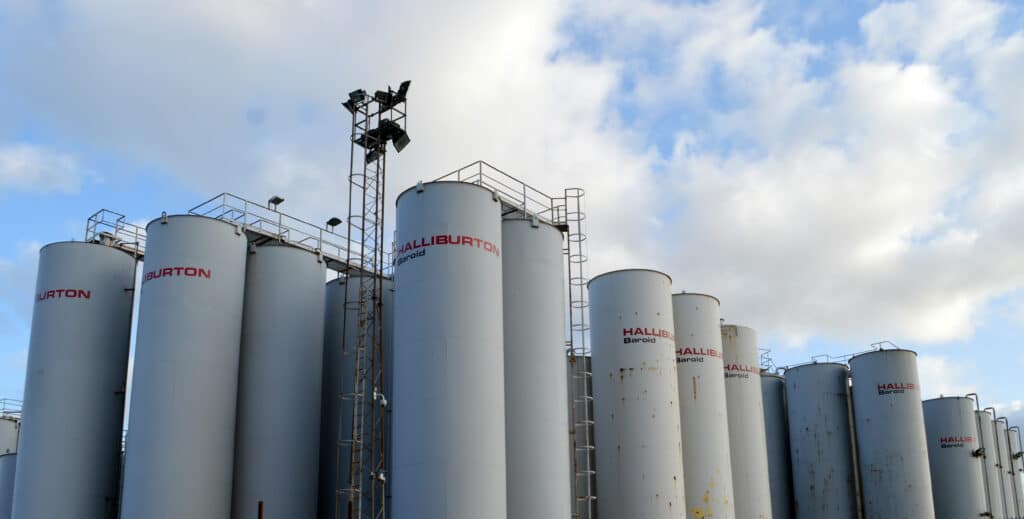RPX, RPE, RPM: Tailored Solutions for Every Application
At Automation Products Group, our resistive level sensors offer a simple, reliable, and highly repeatable way to measure liquid levels. Completely customizable to meet your specific needs, these sensors provide continuous level measurements, delivering real-time level data you can trust.
How Do Resistive Level Probes (RP Probes) Work?
Resistive level sensors consist of a float and a stem. The stem contains closely spaced switches and sensors that are triggered as the float—which holds a magnet—travels up and down the stem, charting diversions in the original voltage sent for an easy and reliable read on the float’s position. The voltage fluctuations across the circuit are directly proportional to the float’s position on the stem, ensuring accurate measurements every time.
Key Features of Our Resistive Level Probes
- RPM: With the thickest stem in our lineup, the RPM probe is built for applications with high turbulence or flow. It can accommodate a heavier float that works very well in applications where heavy build up is present, and can handle larger tanks up to 25 feet.
- Customizable: Every aspect, from float weight, probe length, outputs, float type, and specific gravity are all customized to meet your needs when crafting each product.
- RPX & RPE: Designed for smaller tanks, the RPX is perfect for tanks up to 8 feet in height, while the RPE handles tanks up to 12.5 feet.


The Benefits of Choosing Resistive Level Probes
- Safety Certifications: The RPM is approved by ATEX as Intrinsically Safe for use in Europe, allowing it to operate safely in Class 1 Division 1 hazardous locations. It’s also CSA certified as Explosion Proof, expanding its usability in hazardous locations. The RPX is both CSA certified as Explosion Proof or Intrinsically Safe, giving a similar wide range of hazardous locations it can safely operate in.
- Ease of Use: Installation is straightforward: simply put the probe into the tank. Larger floats may require you to install the floats on the rod after it’s been inserted into its mount.
- Reliable Accuracy: The simple linear measurement ensures that little can disrupt the operation or accuracy of our resistive level probes.
Perfect for Mud Tanks: Robust Applications of Resistive Level Probes
Our resistive level probes are incredibly effective in mud tanks, a critical component in the oil and gas industry to mix and store drilling fluid. Transmitters like our RPM resistive level probe used in mud tanks must withstand significant pressure from rushing mud and internal turbulence in the tank.
Safe drilling requires the right quantity and consistency of mud. Volume changes indicate mud loss or increase in hazardous chemicals during a drill, and these issues can damage the drill, rig, and the surrounding land area if not attended to. The resistive level probes provide real-time reading of volume changes. Our resistant level probes are durable, accurate, and known for their longevity, making them helpful in hazardous drilling locations.
Learn more about how our resistive level probes are crucial in mud tank drilling by checking our blog post: Continuous Float Level Transmitters In Mud Tanks
Whether dealing with thick, viscous, sludgy fluids, our probes handle it all.
- Oil & Gas
- Wastewater
- Mixed Effluent
Interested in learning more about our resistive level probes? Don’t hesitate to reach out! Contact our team today and one of our expert application engineers will be happy to assist you!
WRITTEN BY

Sami T.
Sami Thompson is APG’s Marketing Technical Writer and has been with the company since 2022. With a master’s degree in English from Utah State University and a 40-page thesis publication under her belt, Sami has a demonstrated strong writing background. In her free time, Sami enjoys reading and birdwatching.


